Solar energy revolutionises many areas of our lives as a renewable and environmentally friendly energy source. This type of energy, which offers a wide range of uses from heating our homes to electricity generation, minimises environmental impacts by reducing dependence on fossil fuels. Offering a sustainable solution to the increasing need for energy is one of the most important factors that make solar energy preferable.
Solar panels can be installed in different sizes, from roof systems to large solar fields. These systems provide uninterrupted energy in daily life by converting the sun's rays into electrical energy. Solar-powered water heating systems provide energy savings by meeting the need for hot water, while at the same time reducing gas emissions that harm the environment. The use of solar energy is also increasing in the agricultural sector; it provides efficiency in many areas from irrigation systems to heating greenhouses.
The use of solar energy for charging electric vehicles is transforming the transport sector. Solar-powered vehicle charging stations minimise the carbon footprint by reducing dependence on fossil fuels. Solar-powered lamps used in city lighting provide both economic and environmental advantages. Solar energy stands out as the energy source of the future with its wide usage areas and sustainable structure.
What are the Usage Areas of Solar Energy?
Solar energy offers a wide range of usage opportunities in both individual and industrial areas. Being an environmentally friendly and sustainable energy source makes it a priority among modern energy solutions. Solar energy is used in a wide range of applications from electricity generation to water heating, from irrigation systems in agriculture to vehicle charging stations in the transport sector.
Usage areas of solar energy:
- 🟨 Residential electricity generation
- 🟨 Water heating systems
- 🟨 Agricultural irrigation systems
- 🟨 Greenhouse heating
- 🟨 Electric vehicle charging stations
- 🟨 City lighting systems
- 🟨 Energy production in industrial plants
- 🟨 Seawater desalination
- 🟨 Energy source for space exploration
- 🟨 Portable solar energy devices (e.g. portable chargers and lamps)
How to Generate Electricity from Solar Energy?
Photovoltaic systems and thermal solar energy systems are used to generate electricity from solar energy. However, it is known that PV systems are most preferred.
In photovoltaic systems, special panels are used to convert sunlight directly into electrical energy. These panels contain cells made of semiconductor materials. When the light from the sun falls on these cells, the electrons inside start to move and generate electric current. This electricity also occurs in the form of DC, ie direct current.
While generating electricity from solar energy, sunlight is first captured by panels. At this stage, solar tracking systems are also used. Systems that mobilise electrons in photovoltaic cells then provide the formation of electric current. This current is transferred to the inverter to be converted into AC, ie alternating current used in living spaces. In the last stage, direct use takes place. In addition, electric current can be stored for later use through the energy storage system.
This is the working principle of solar energy systems in its simplest form. Although it seems simple, it should not be forgotten that there are many stages from energy generation to storage. These systems can also be integrated with battery systems. Thanks to the battery system, energy production continues when sunlight is insufficient. For some applications, energy can also be transferred directly to the electricity grid. For these systems, which are based on the principle of extremely high efficiency, it is more logical to use panels exposed to direct sunlight. Of course, the process of utilising solar energy continues in rainy and cloudy weather.
Some methods have been developed to increase efficiency in electricity generation from solar energy systems. The most important among these is solar tracking systems. It is also important to pay attention to factors such as cleaning, maintenance, weather conditions, system components and system location that affect efficiency. To get maximum efficiency, the panels should be tilted towards the direction where the sun is most intense. In addition, dust and dirt should be removed from the panel.
For What Purpose Are Solar Energy Panels Used?
Solar energy panels are used for various purposes as a clean and renewable energy source. These panels, which play a leading role in electricity generation, increase energy independence by converting sunlight directly into electrical energy. Photovoltaic (PV) panels installed on roofs reduce energy costs by meeting the energy needs of residences and workplaces. In addition, with grid-connected systems, economic gain can be obtained by selling back the excess energy produced.
Solar energy panels are also widely used in industry and agriculture. Solar panels used in agricultural irrigation systems increase agricultural productivity by enabling water pumps to operate. Likewise, solar energy is utilised in the heating and cooling of greenhouses, reducing costs and ensuring environmentally friendly production. In industrial facilities, large-scale PV panels are used as energy sources in production processes, contributing to the reduction of operating costs.
In the transport sector, solar panels also play an important role in charging electric vehicles and city lighting. Solar panels used in electric vehicle charging stations offer an environmentally friendly and sustainable energy source, reducing dependence on fossil fuels. Likewise, solar street lights and traffic signs increase the energy efficiency of cities and reduce their carbon footprint. This wide range of uses offered by solar energy panels provides great advantages in both environmental and economic terms.
How to Increase the Efficiency of Solar Energy Systems?
To increase the efficiency of solar energy systems, several critical factors must be considered. Firstly, the correct positioning of the panels is of great importance. Placing the solar panels at the optimal angle and orientation allows them to collect the sun's rays at maximum level. In addition, regular cleaning of the panels prevents dirt and dust accumulations from preventing energy production. Another way to increase efficiency is to use high quality and efficient solar panels. With the development of technology, panels with higher efficiency are being introduced to the market and using these panels can significantly increase the energy production capacity.
Solar tracking systems are another effective method to increase the efficiency of solar energy systems. These systems enable the panels to follow the sun throughout the day, realising more energy production compared to fixed-angle panels. Solar tracking systems make it possible to capture maximum sunlight with dual-axis models that can move both horizontally and vertically. In this way, sunlight is utilised in the most efficient way, especially in the morning and evening hours. Solar tracking systems can increase energy production by 25-30%, which means higher energy production at lower costs in the long term. Therefore, it is very advantageous to use solar tracking systems in projects aiming to increase efficiency in solar energy systems.


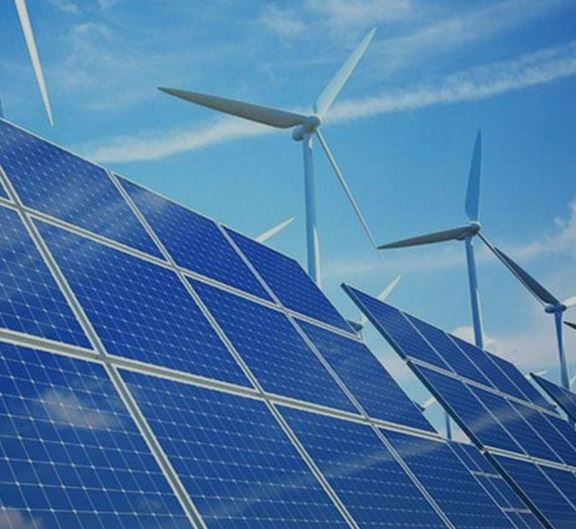
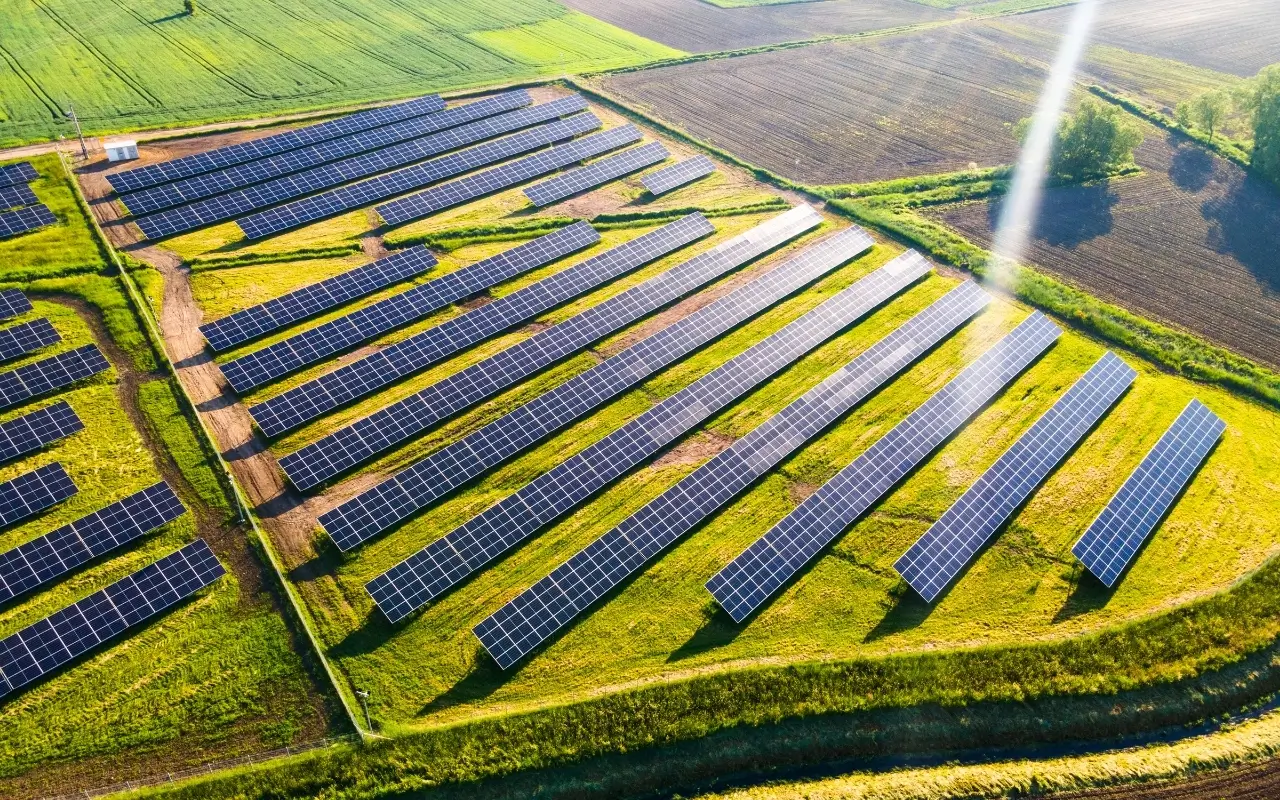
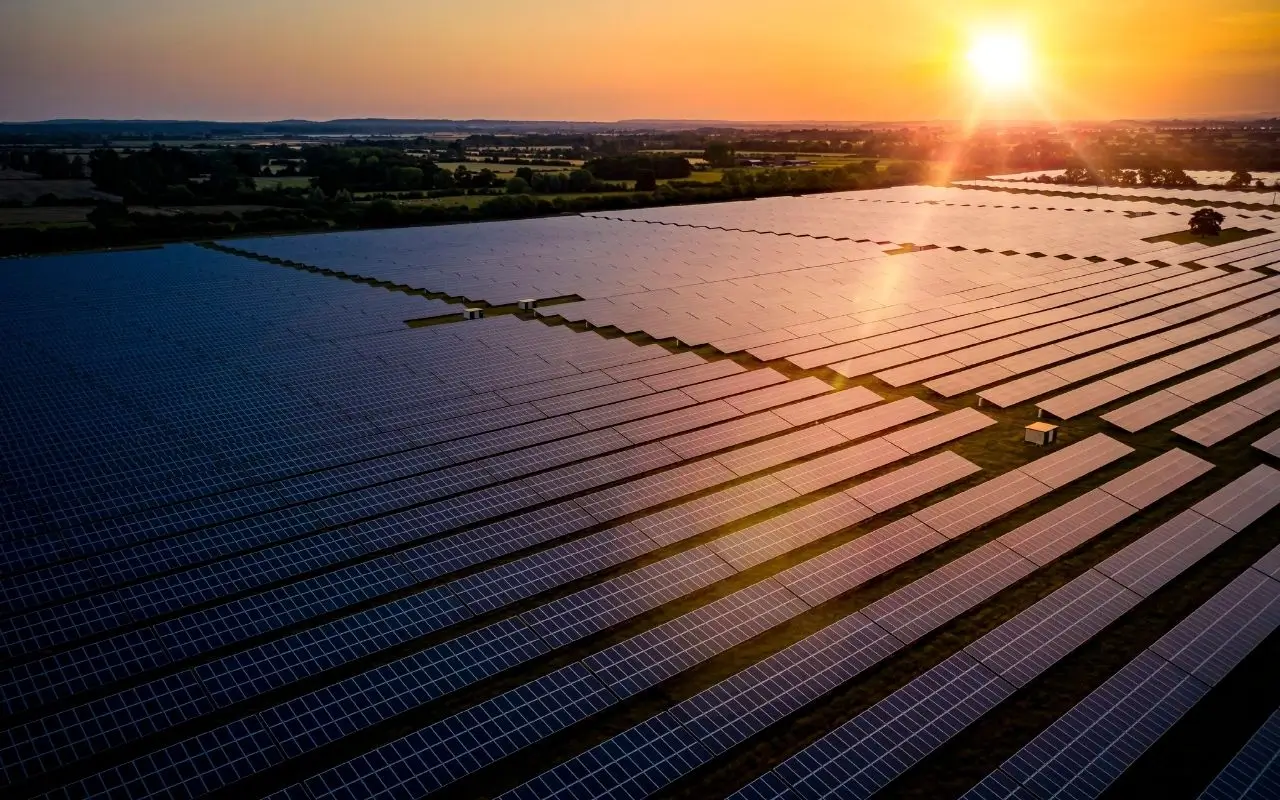
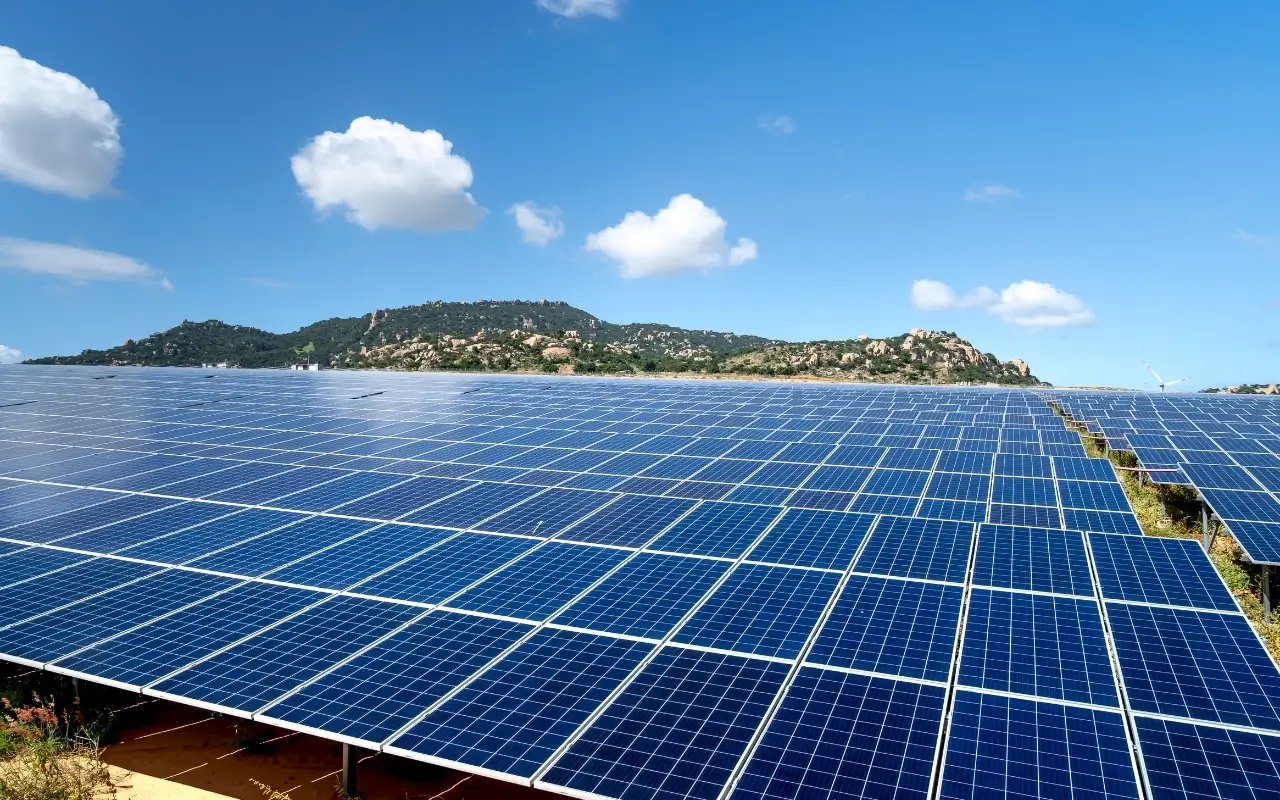
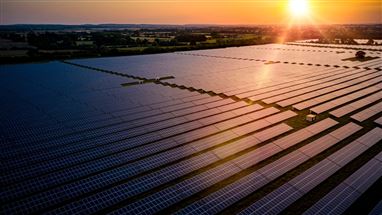
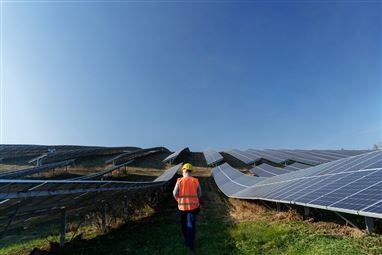
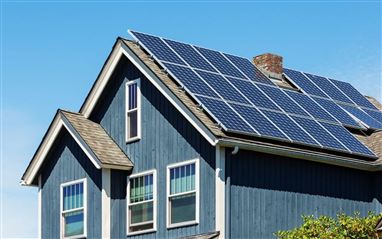
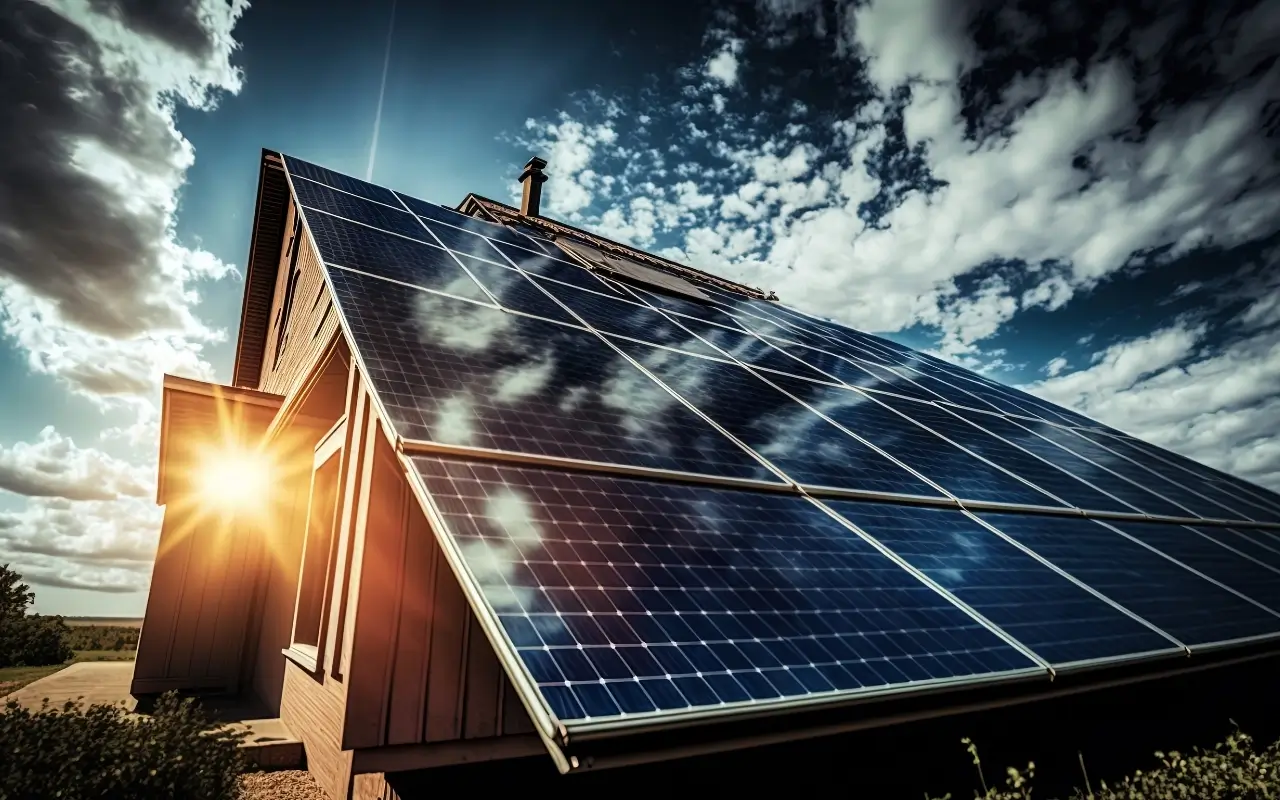
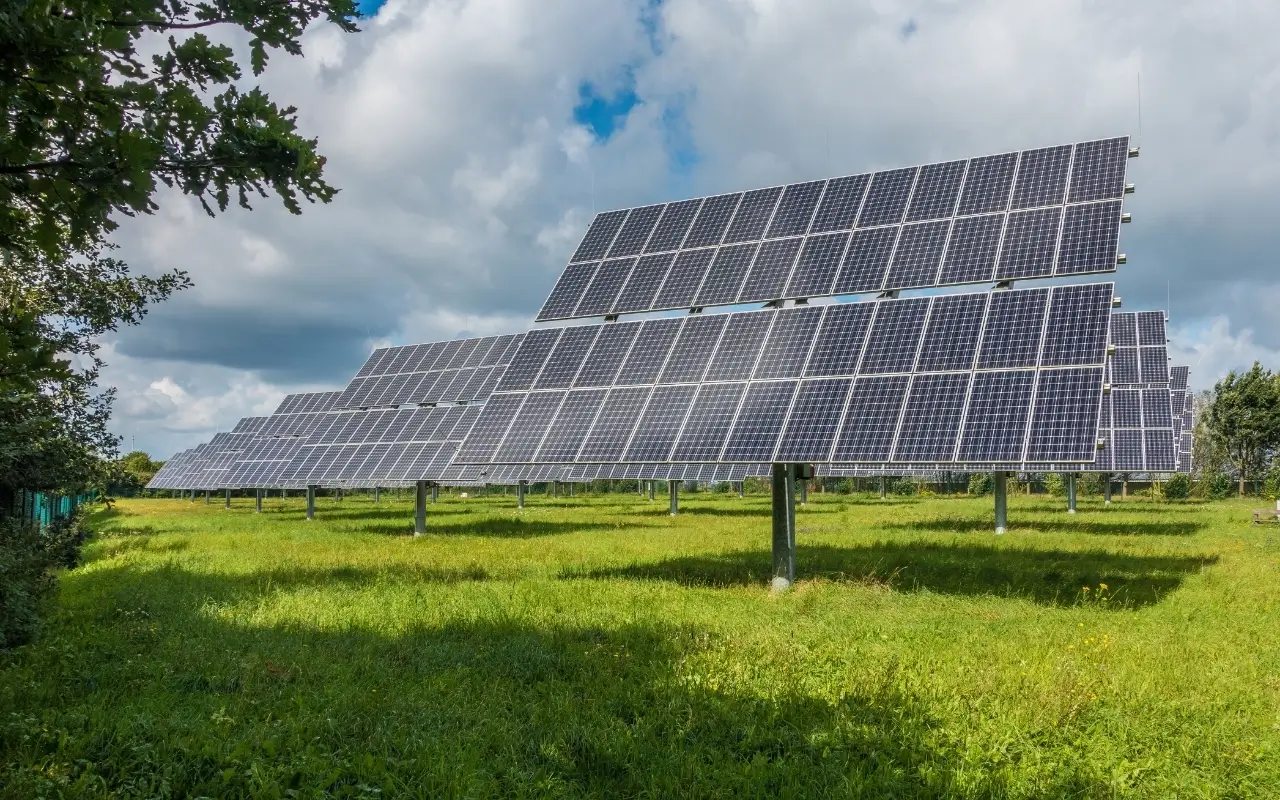
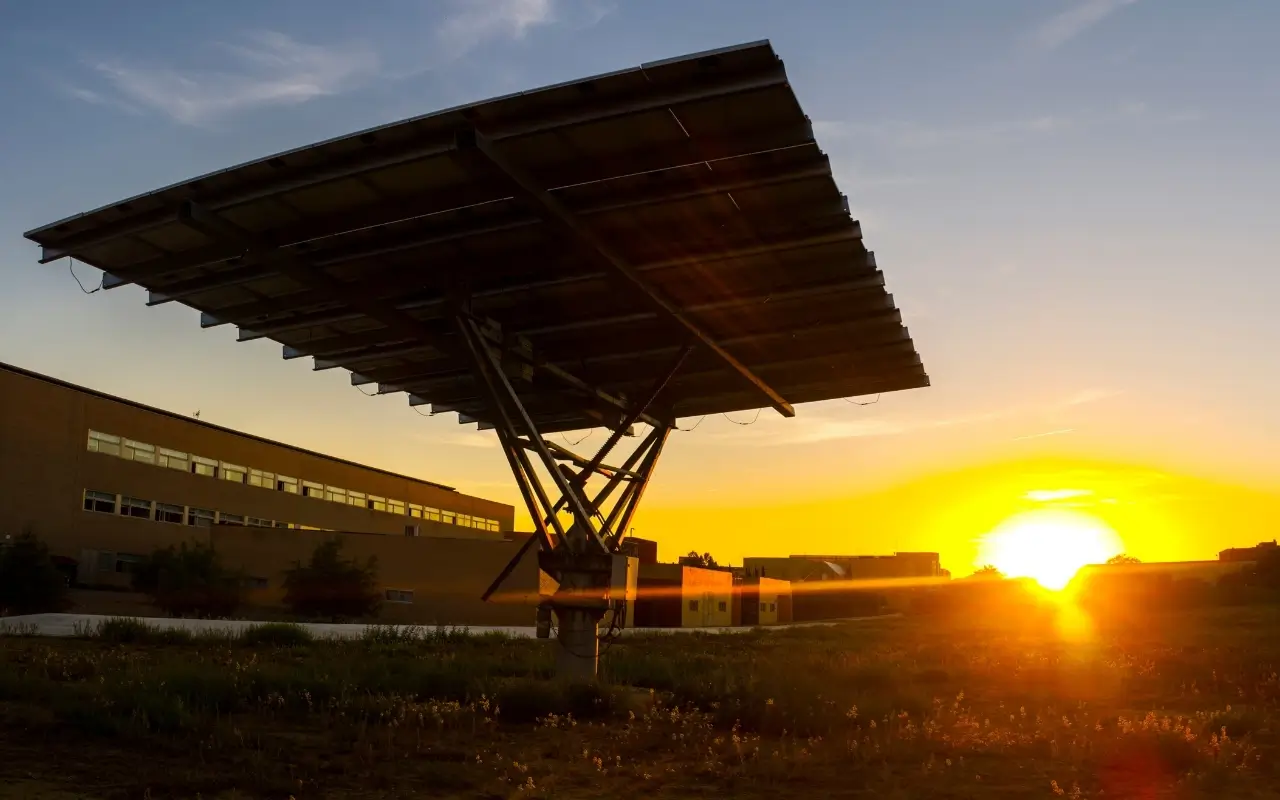
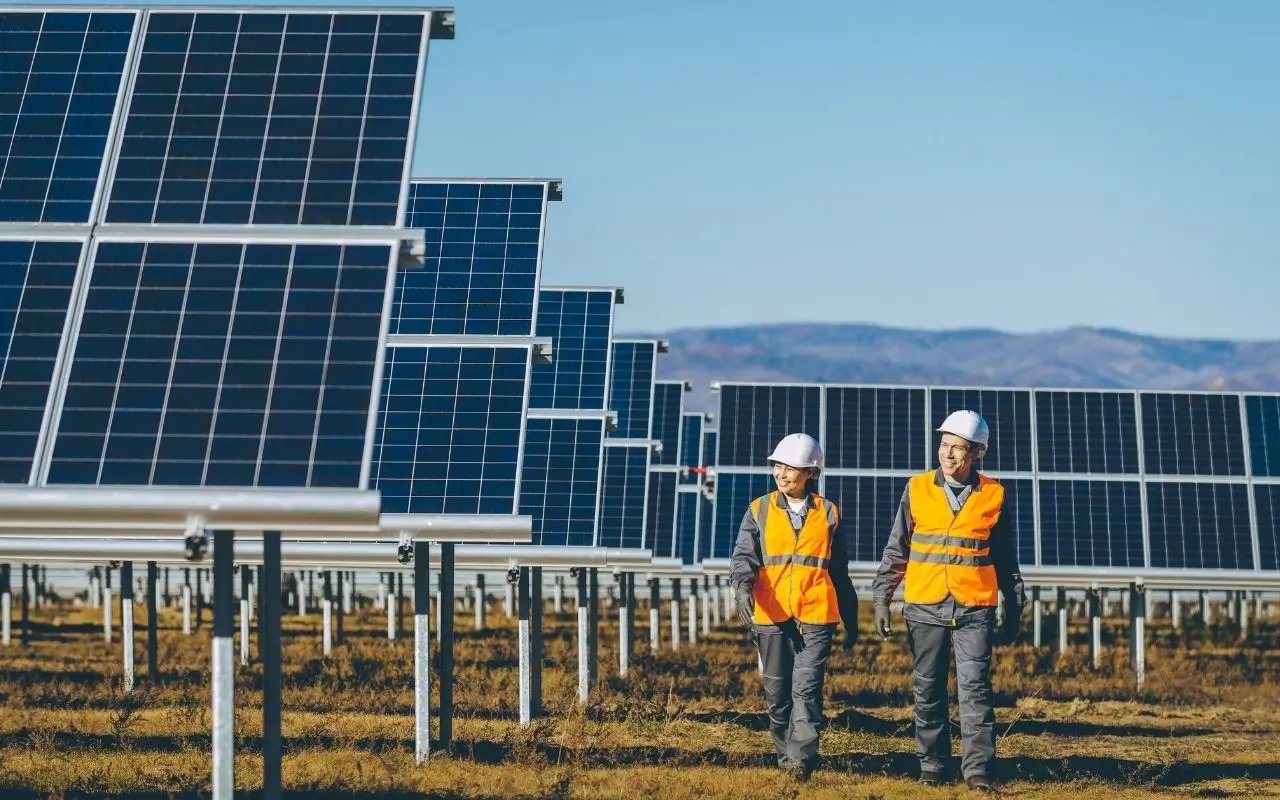
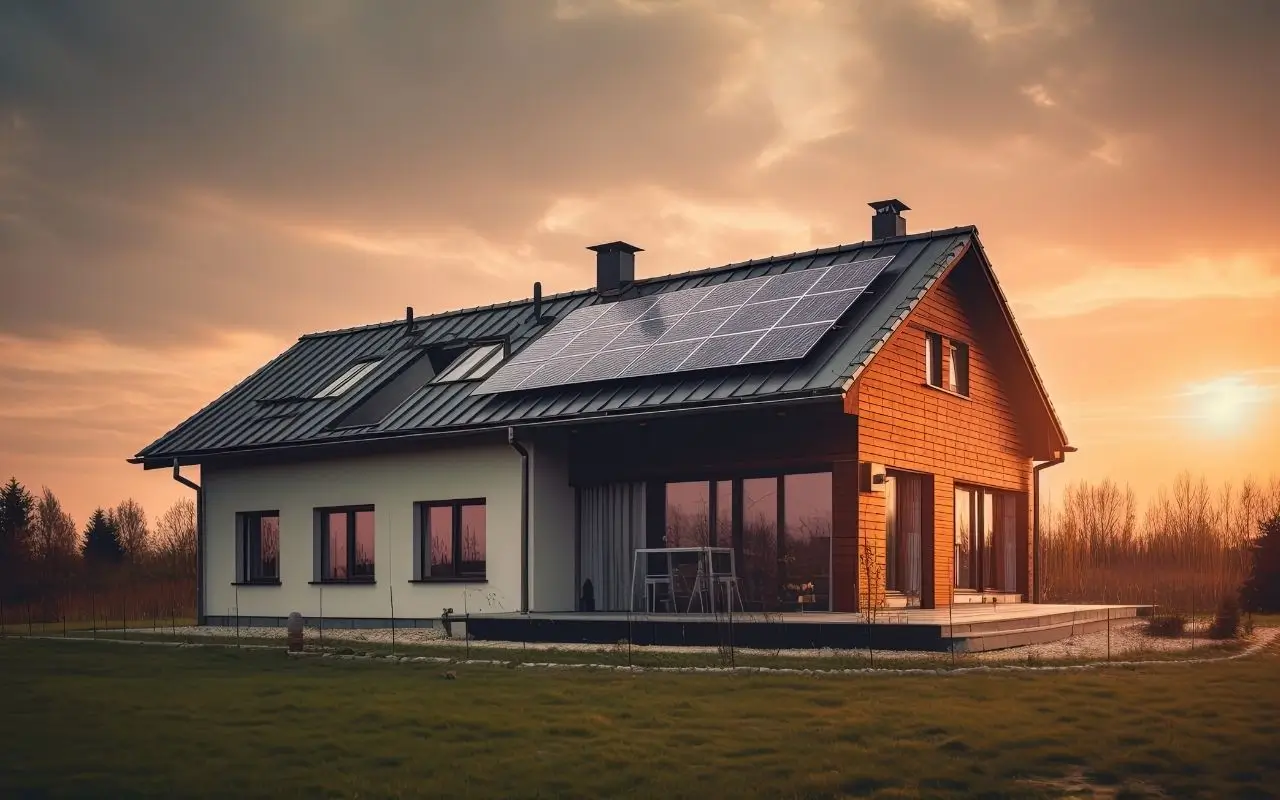
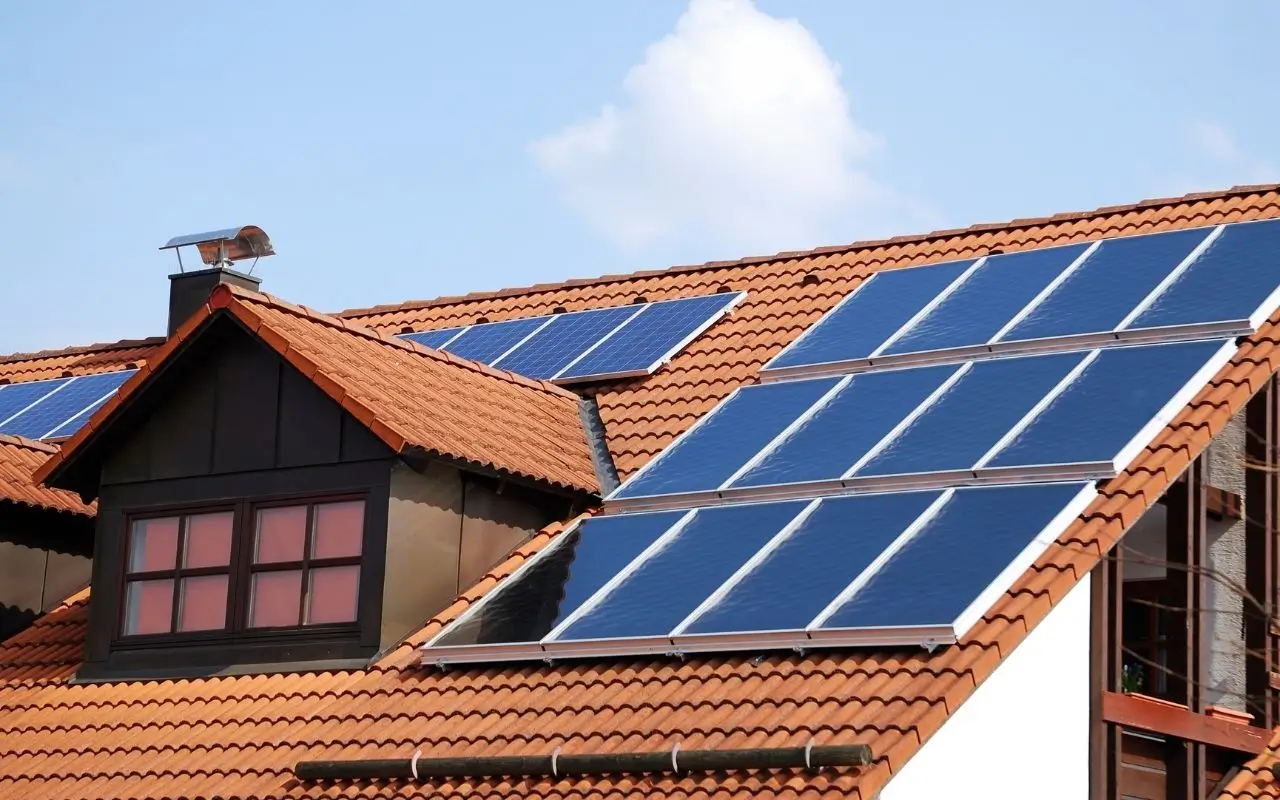
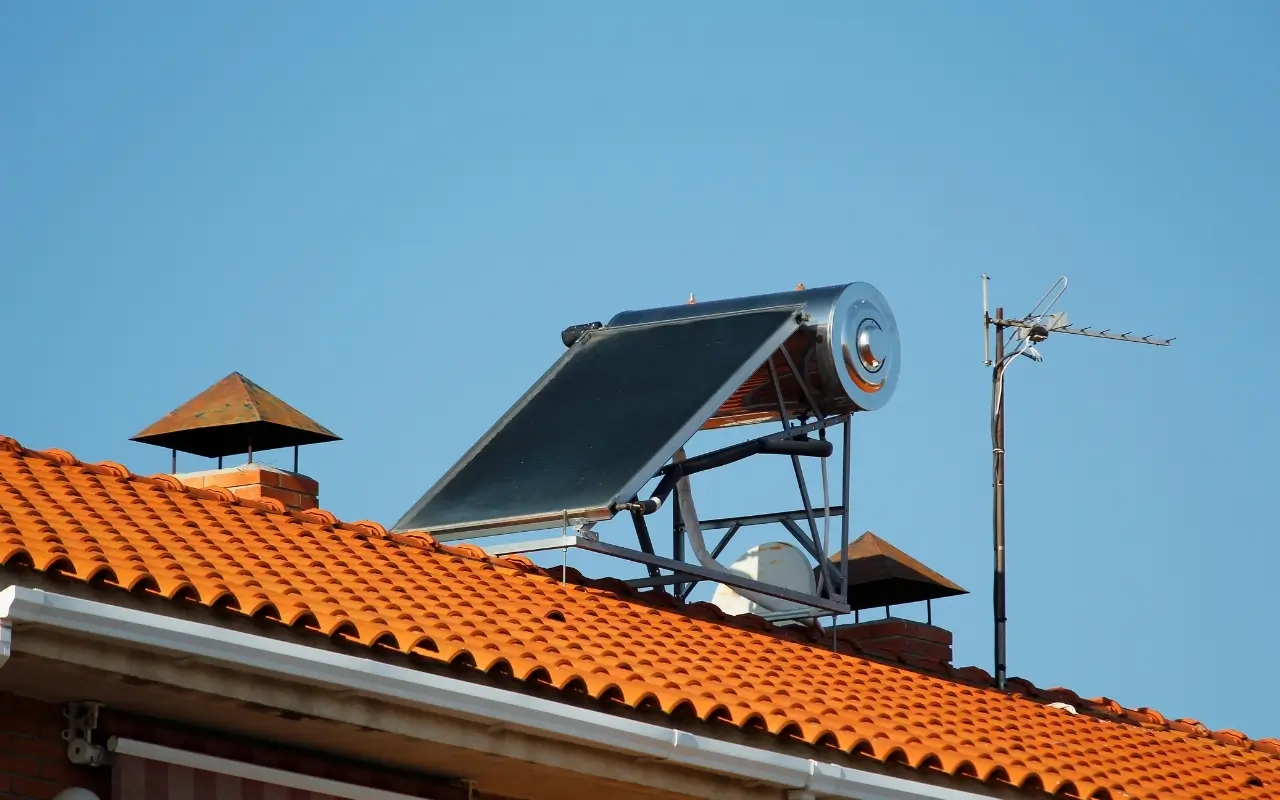
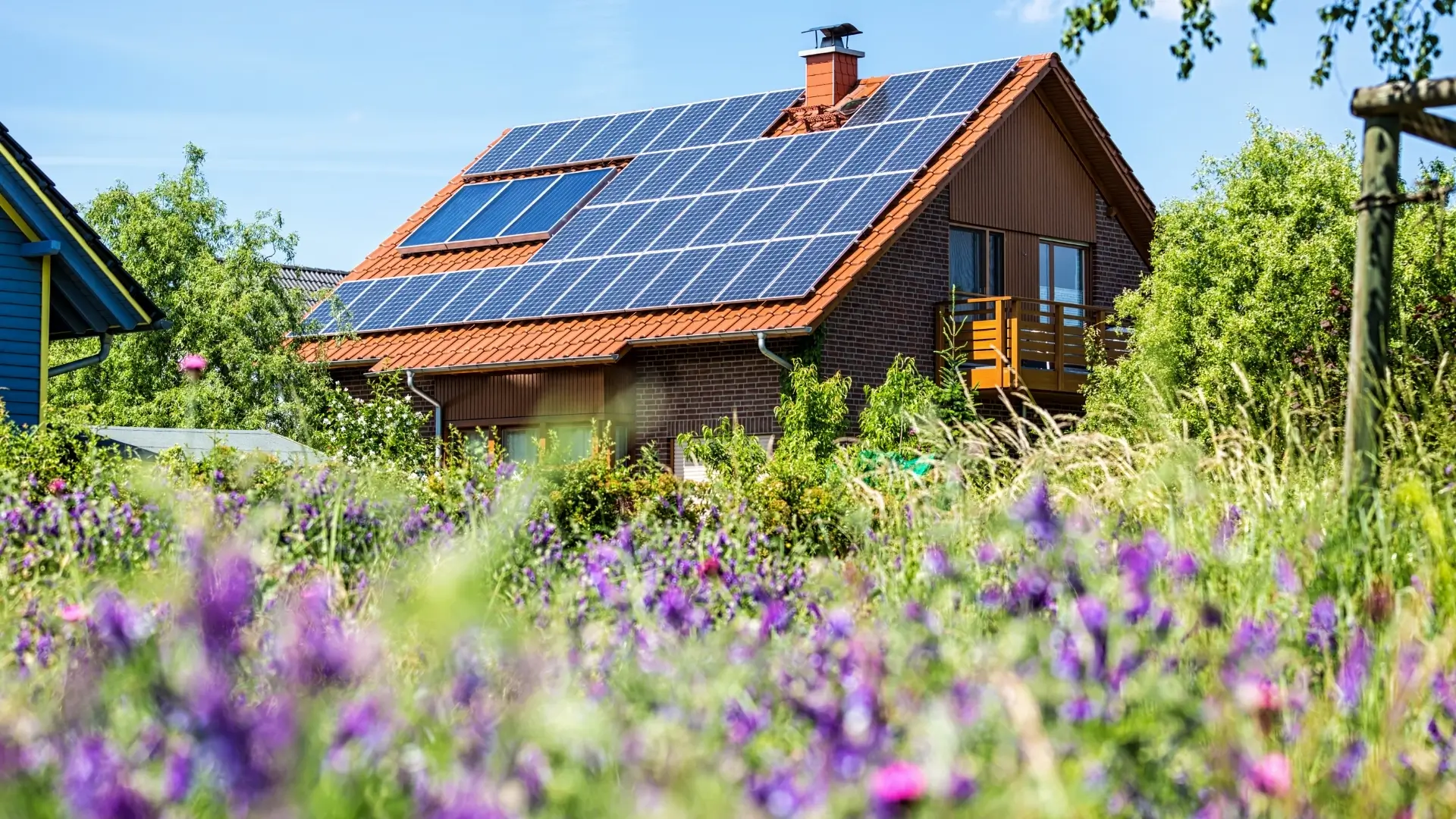
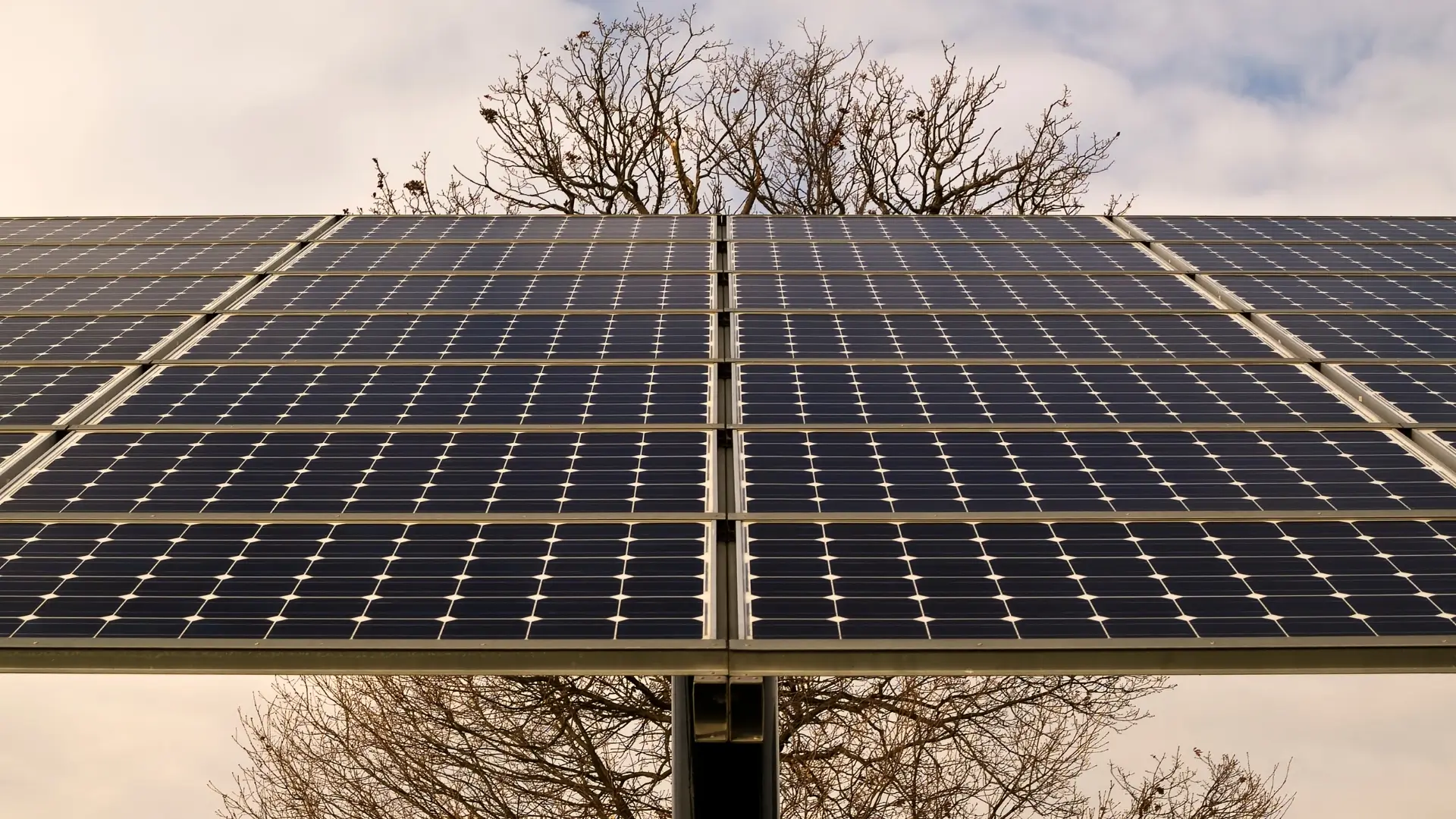
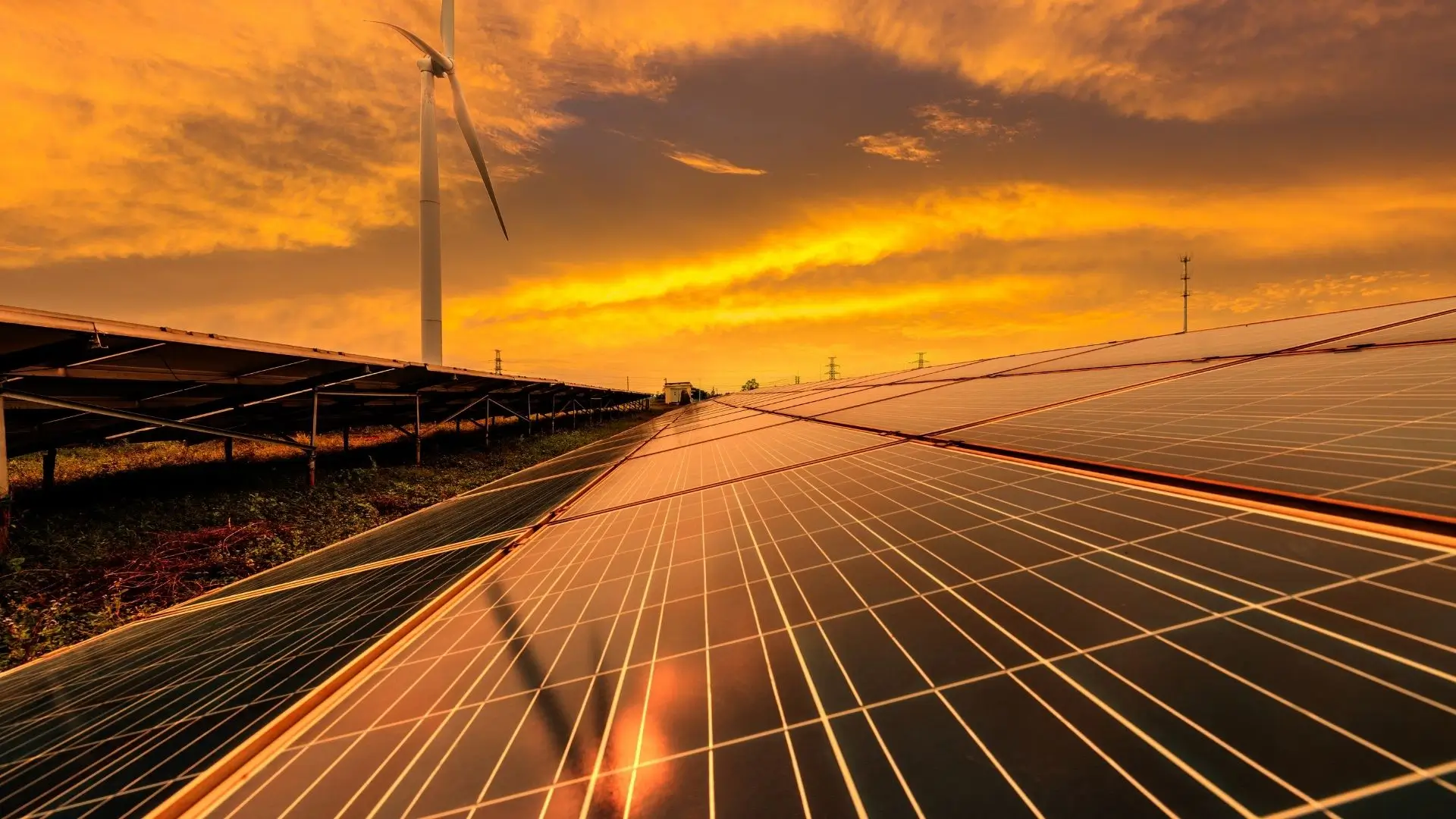
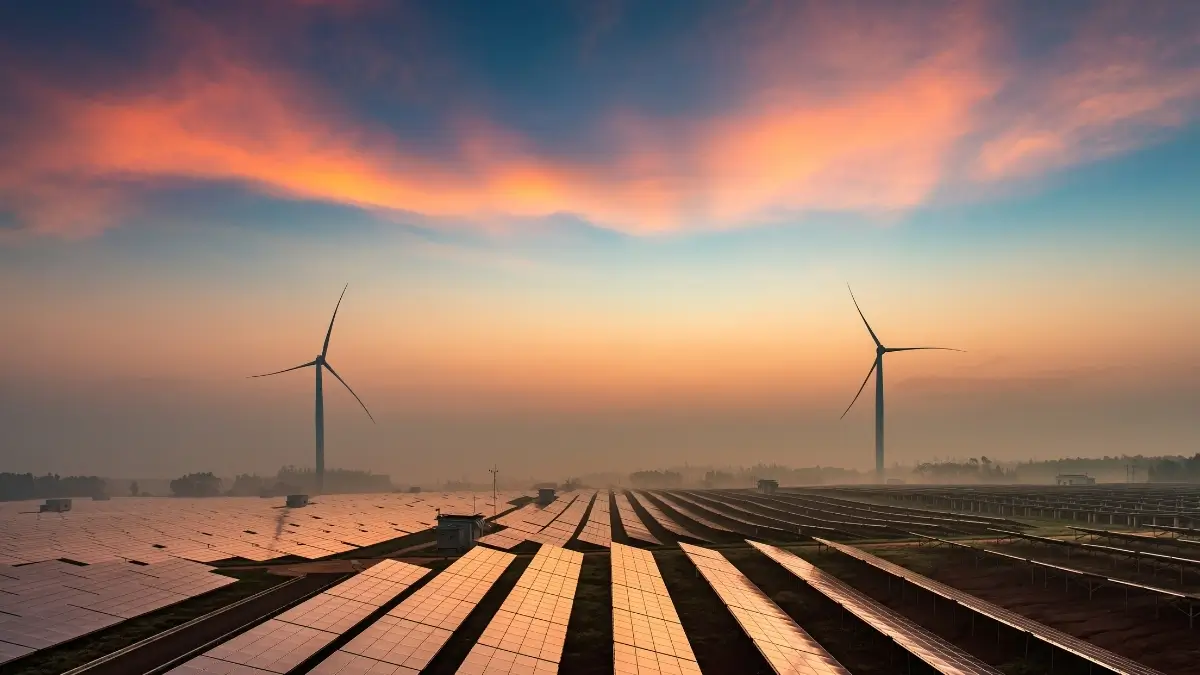
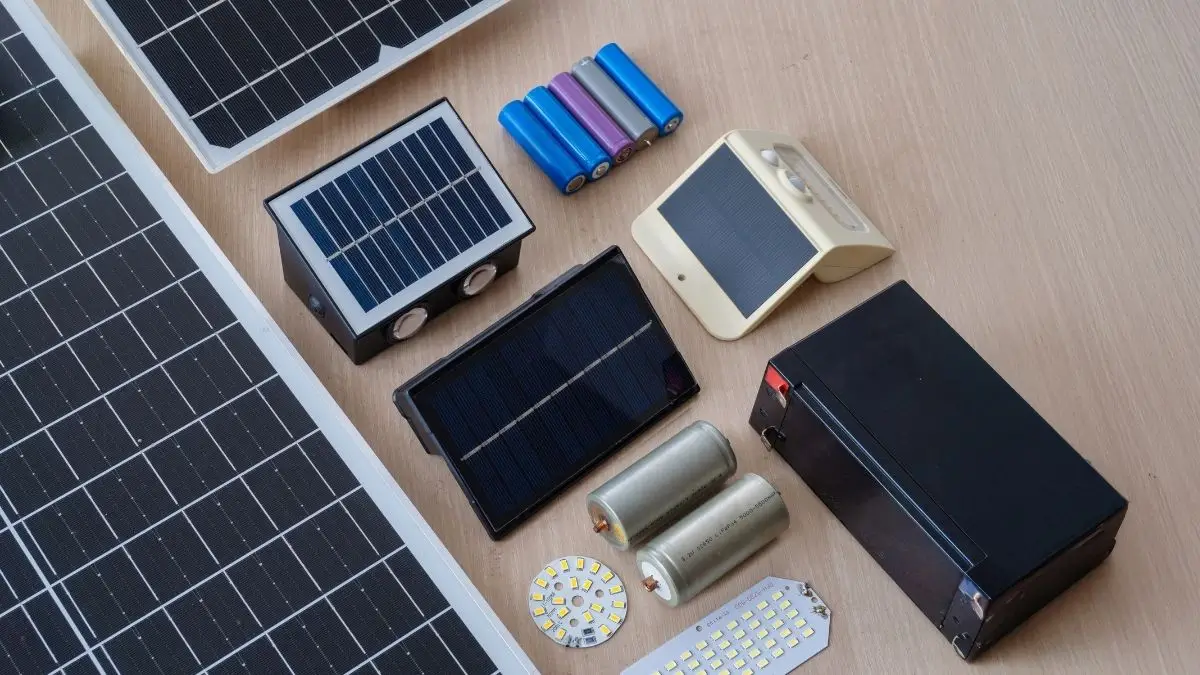
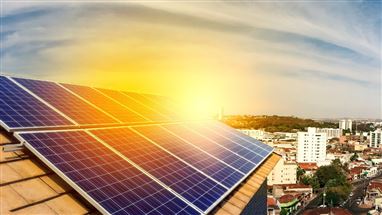
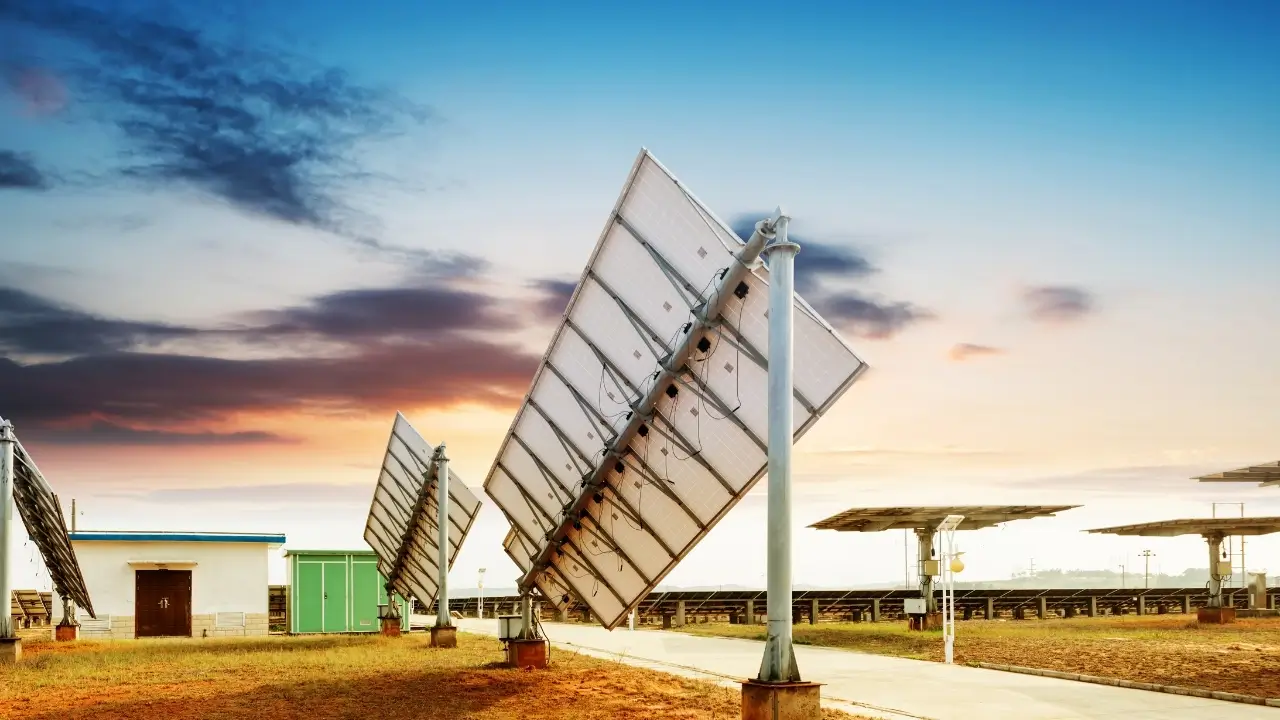
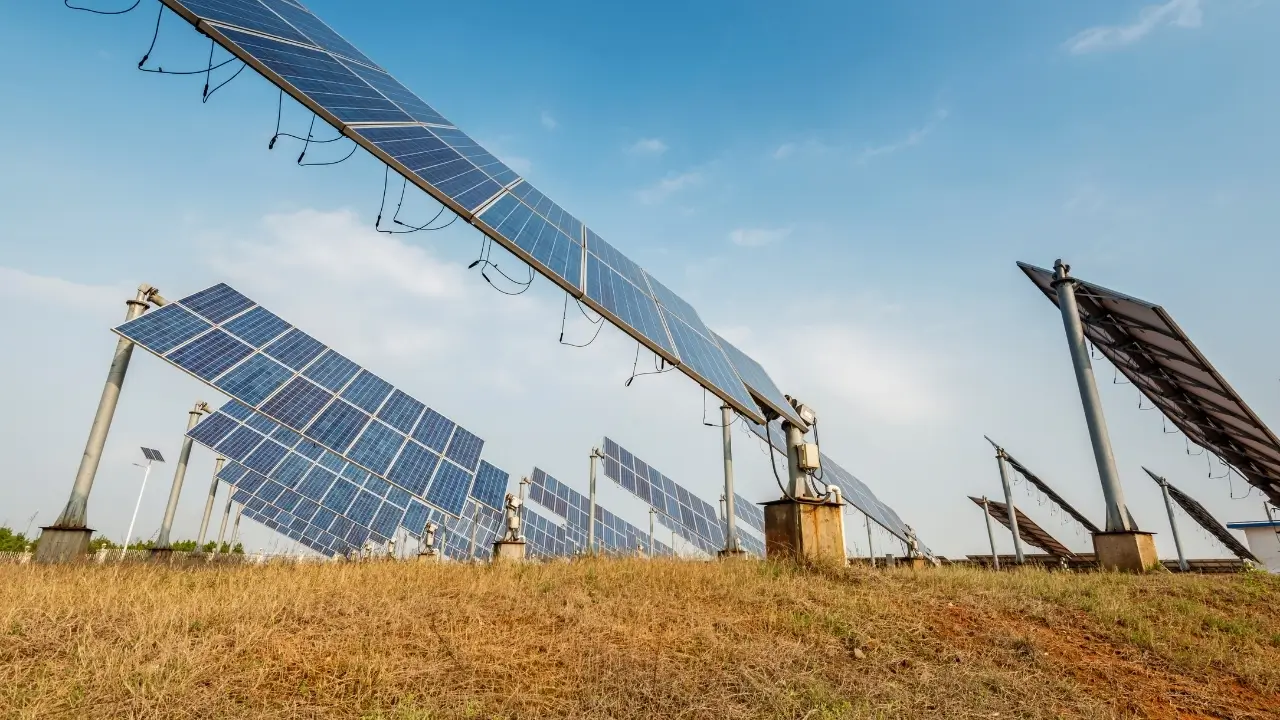
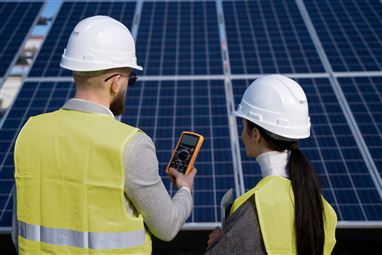
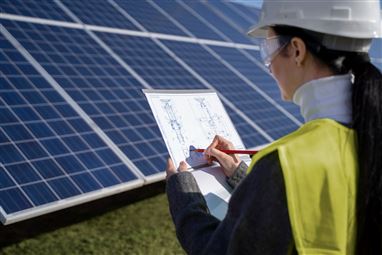
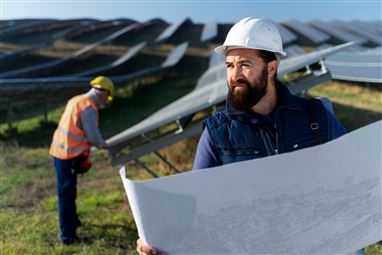
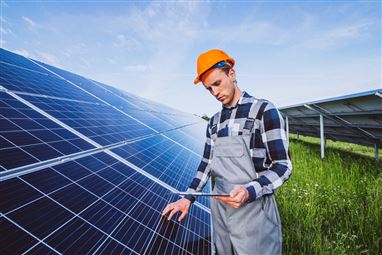
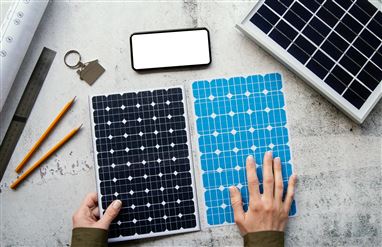
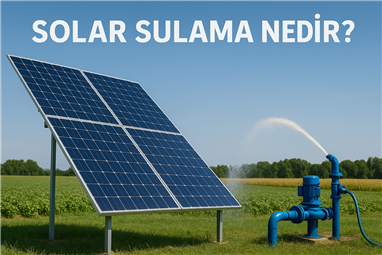

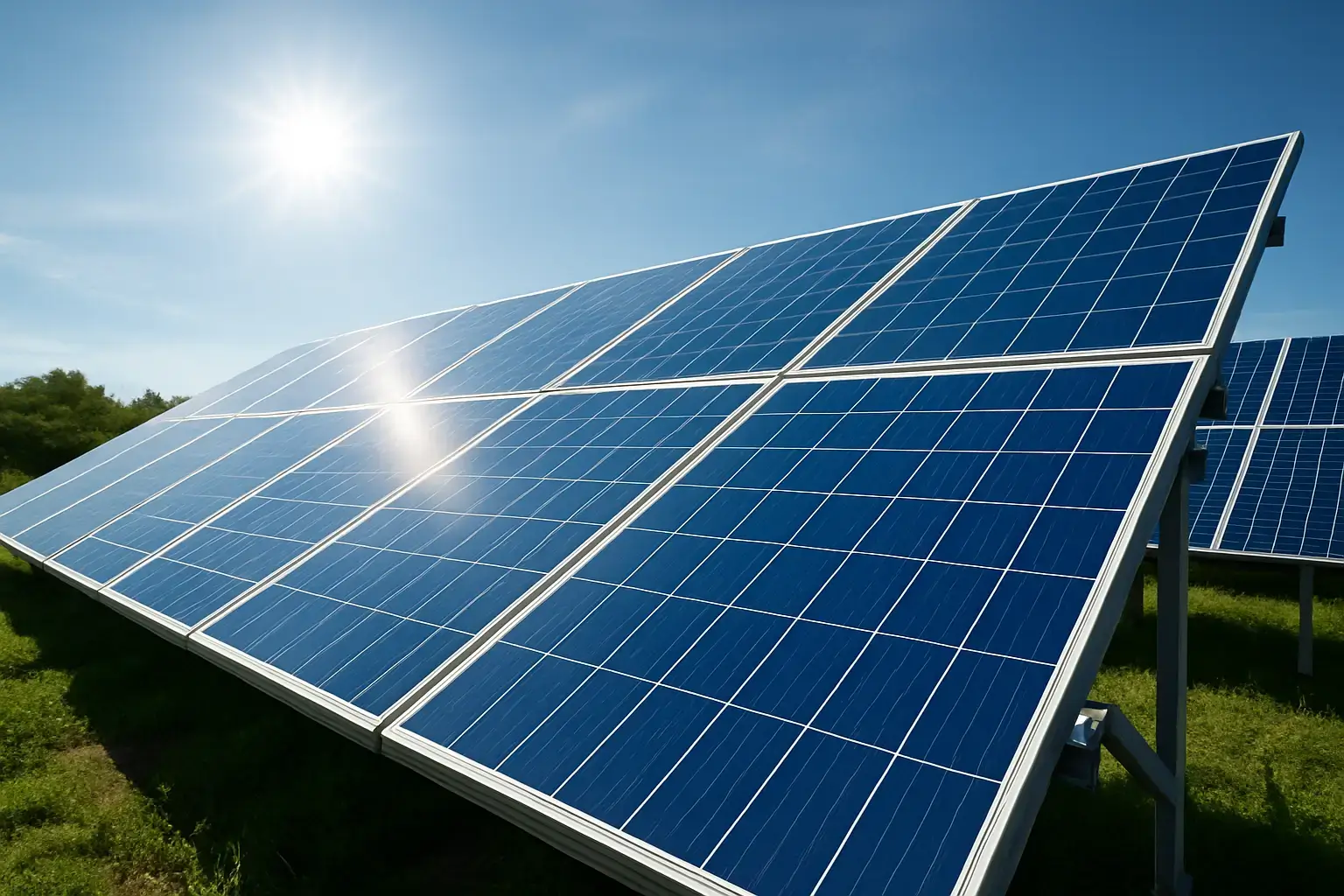
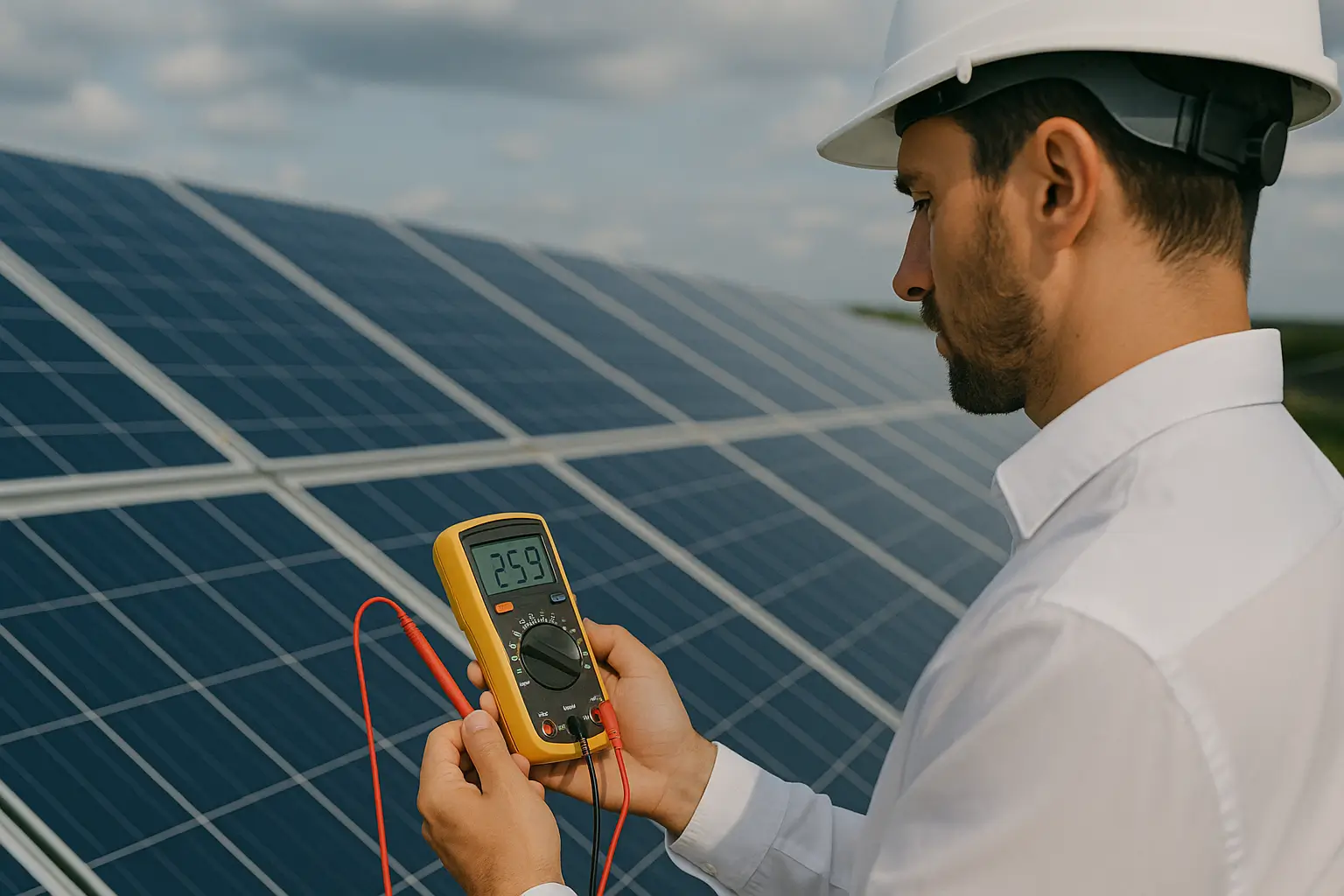
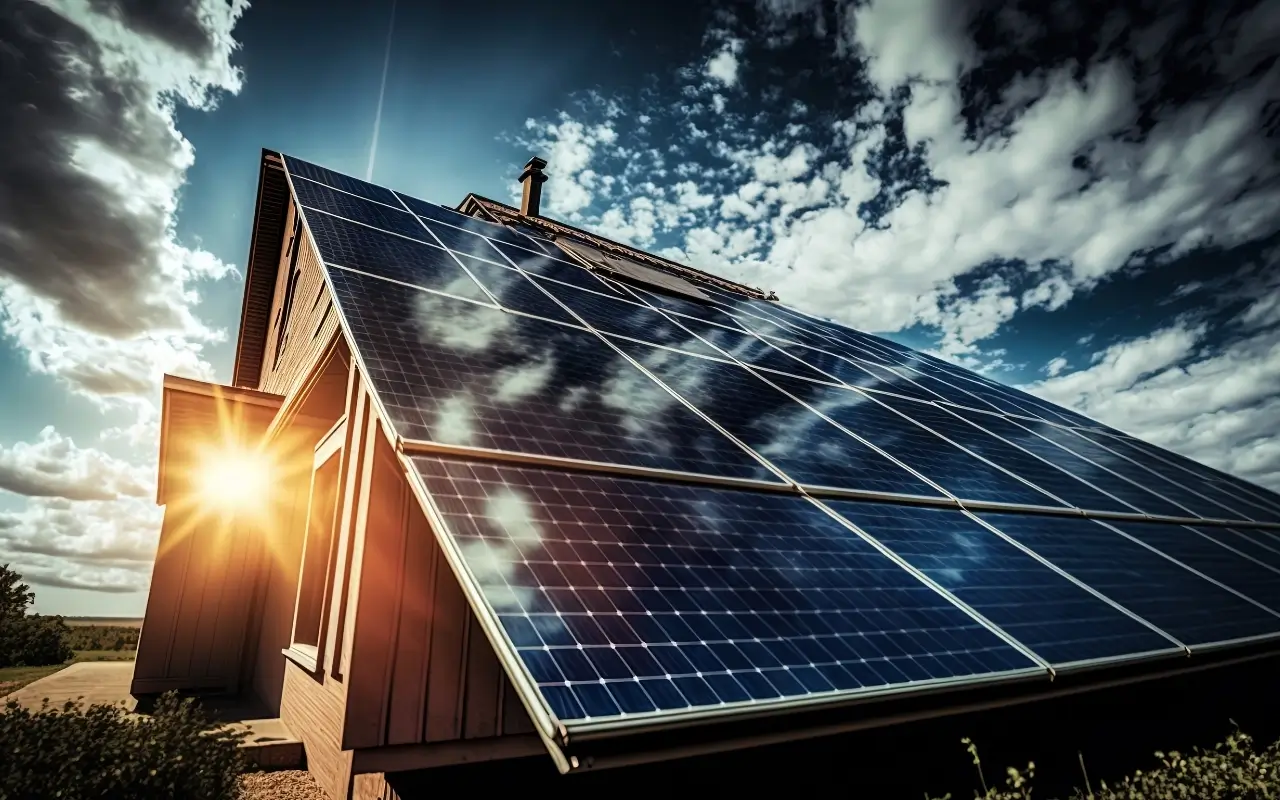
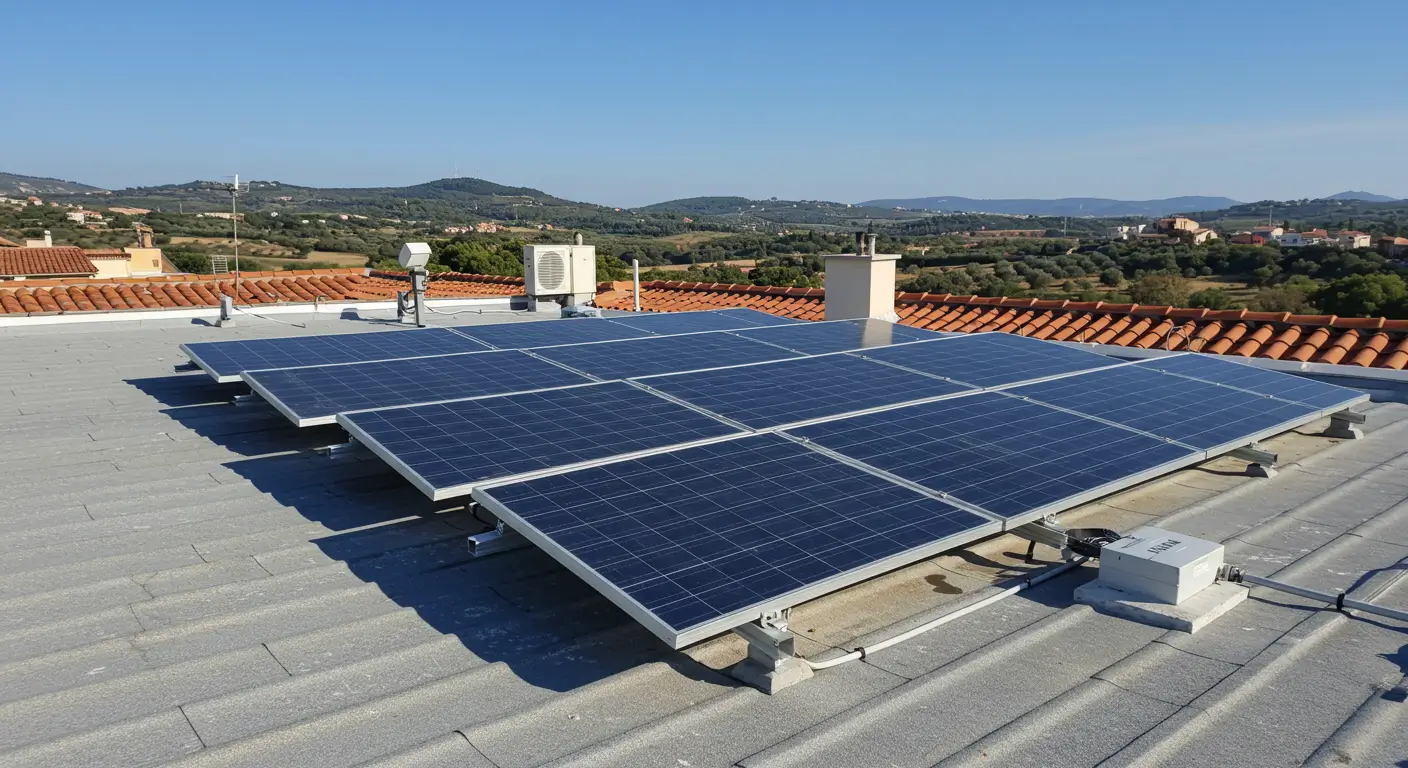
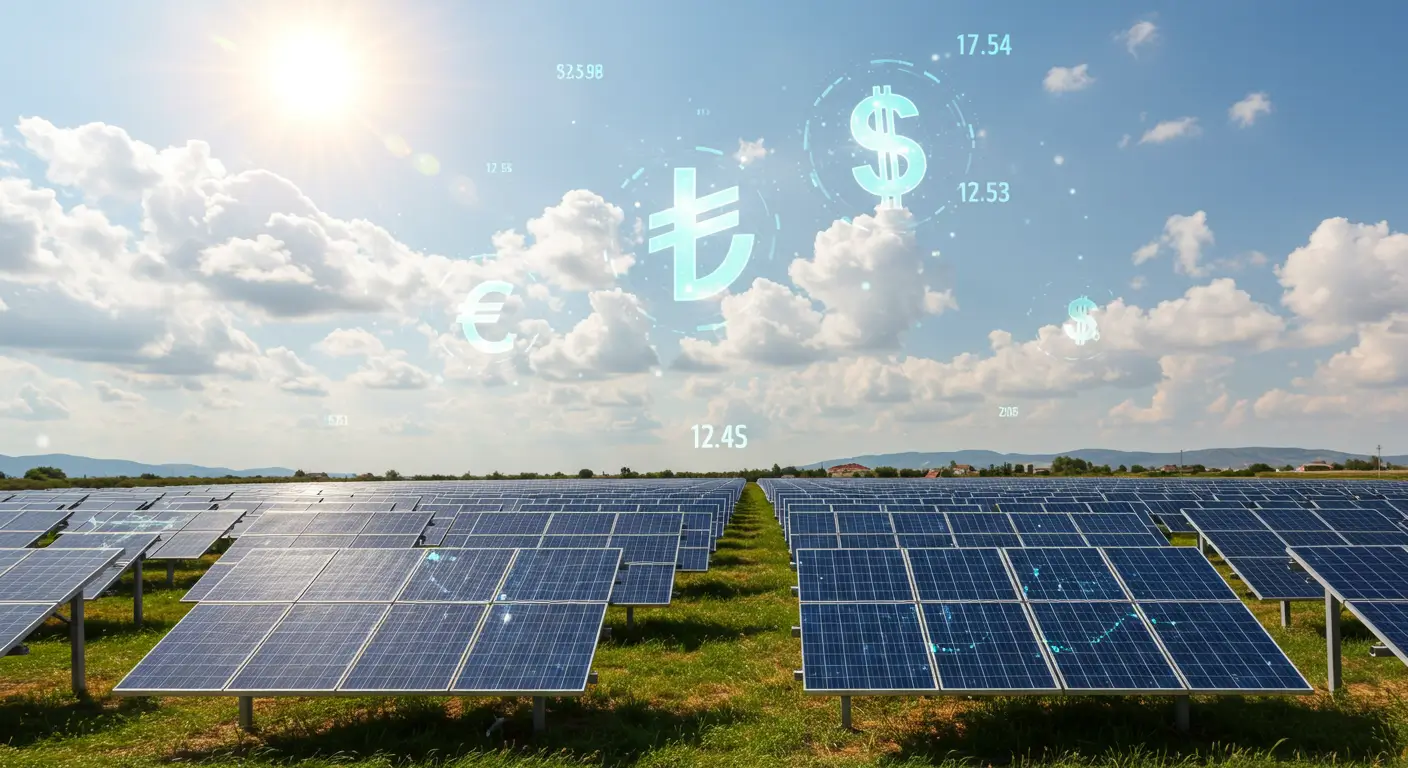
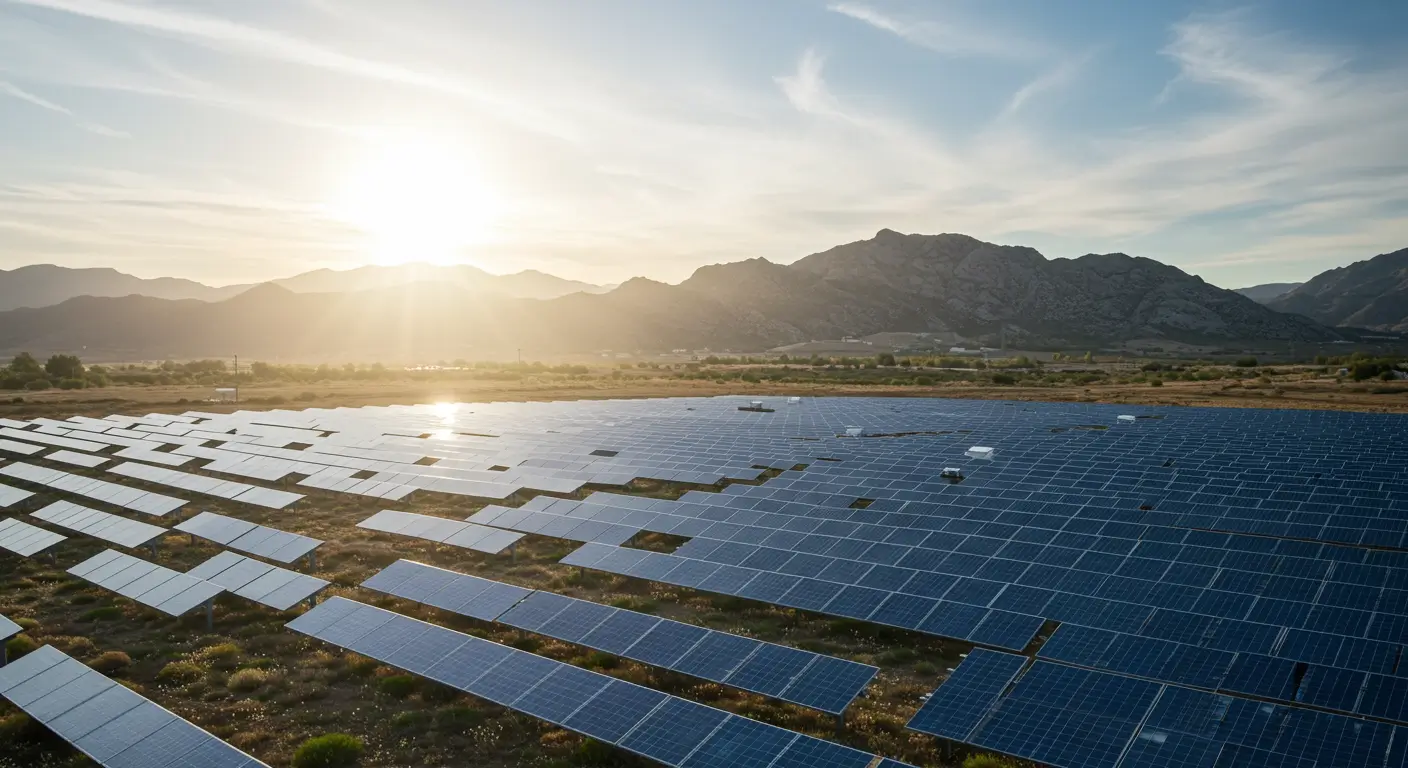
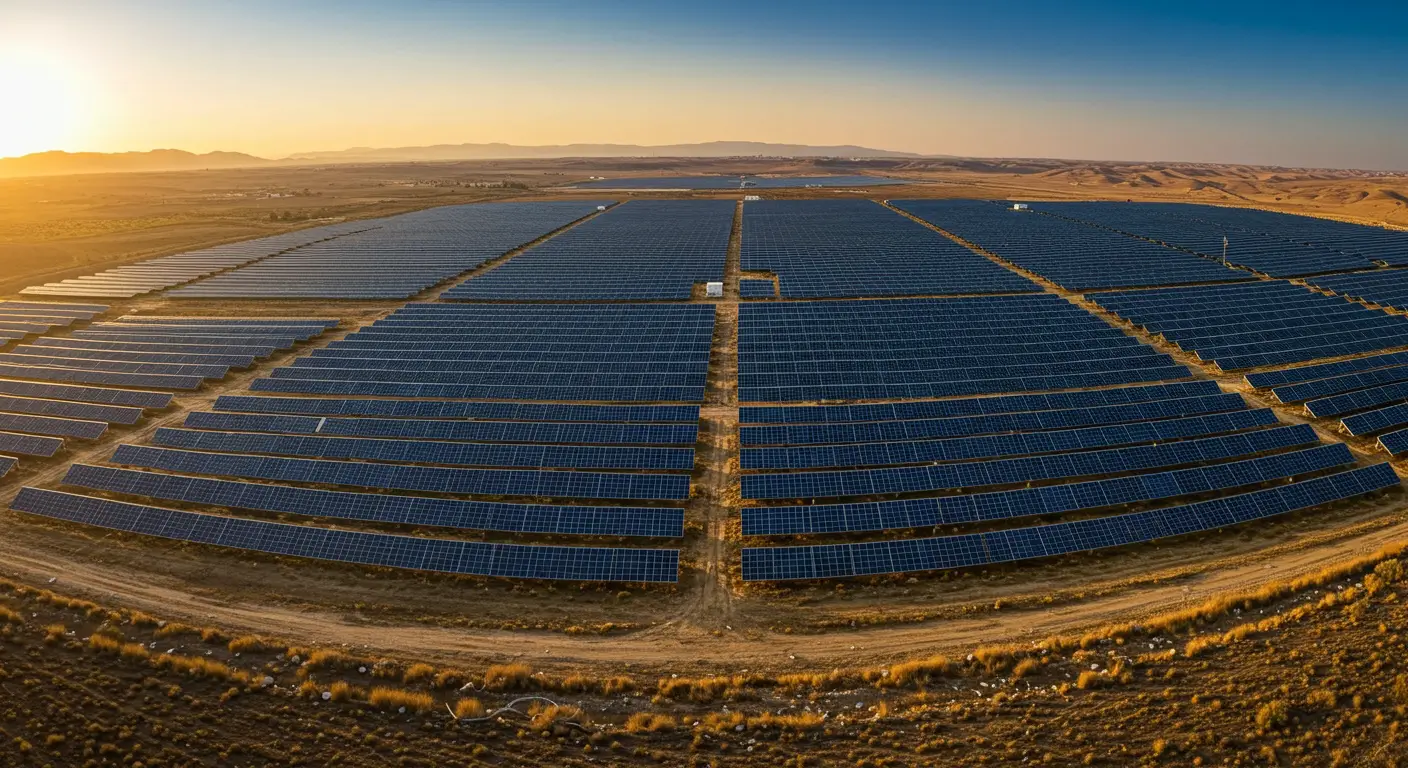





Do Comment